Battery
The UP5 comes with an integrated 680 mAh battery. Fully charging the device takes about 2 hours. Shanling states that the device provides enough juice for 15 hours of playback in single-ended mode, using SBC as the codec. Going balanced cripples the battery by about %30 and brings down the battery life by around 11 hours. I conducted my own tests and the device provided 8,5h using LDAC in balanced mode. That’s not too shabby for non-stop high-res playback.
Sound & Performance
Shanling UP5 features a fairly balanced signature with slight hints of warmth. The detail level is quite satisfactory. It sounds resolving and performs well for a multi-purpose device. Its technical side is quite good, the PRaT does not leave you hanging, it handles congestion well and you can track individual instruments on stage, seamlessly. It offers good amount of air and it sounds more spacious and airy compared to the UP4.
Just like the BTR5 2021, the UP5 does not saturate or manipulate the sound signature of your IEMs. The UP5 manages to maintain excellent control over the whole spectrum so you won’t experience any sharp or sibilance-prone tones.
Moving on to the low range, the bass does not lack power or authority. It can deliver perfectly rounded, impactful hits without the midrange bleed. The bass texture is impressive for the price tag and the layering is quite good. The body is also adequately tuned, it does not feel particularly thin or thick. Agility-wise the bass feels fast but don’t expect desktop-tier miracles here.
The midrange feels effortless and articulate. It is not hard to hear micro-details if you pair the device with equally capable IEM. The mids are clean and resolving, without grain or veil. Upper mids are controlled, energetic and dynamic. UP5’s excellent control can be felt here as well. Upper mids offer good extension but they are never sharp. The impressive imaging can wow you here because the UP5 has got the positioning right. Shanling did a satisfactory job with the UP5. Female vocals sound clean and male vocals sound articulate.
The treble follows the success of the midrange. The highs are crystal clear with good extension. They are not sharp or overly energetic. The control is also great here. The highs do not feel artificial or thin, they feel adequately accurate. The extension of the highs helps the stage depth and height perception, affecting the presentation positively.
The UP5 shares the same specs as the BTR5 2021 and they both have a similar tonality and performance, we’ll talk more about them in upcoming sections.
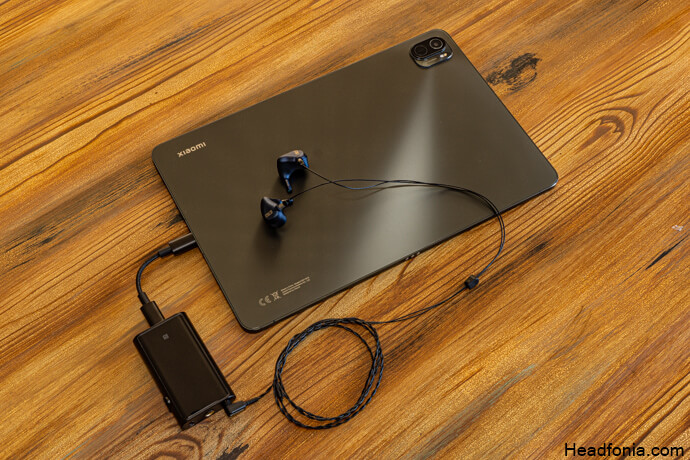
Wired Performance
Using the device in wired configuration grants you some bonuses. First of all, you get to enjoy your high-fidelity tracks. Listening to DSD256 tracks through the balanced output reveals UP5’s true performance. It’s not hard to notice increased dynamism, PRaT, and overall better technical performance. The imaging feels immediately sharper and resolution gets a slight boost. However, this is a wireless-first device and if you are paying 179 USD to use this wired, don’t.
There are pure-wired alternatives like the E1DA’s 9038D/S. There is no day and night difference and the device sounds very good in wireless config using LDAC and BAL output. However, it is always good to have options. You can always pour a glass of good scotch just before bedtime and listen to your favorite MQA albums via Tidal’s desktop app in exclusive mode.
vs. BTR5 2021
The Shanling UP5 is the direct competitor to FiiO’s BTR5 2021. Let me compare them side by side to give you an idea of their performance.
First of all, there are a couple of physical differences between the two devices. The UP5 is around thirty percent thicker compared to the BTR5 2021. The thicker chassis comes with two bonuses over the BTR5 2021. The first one is the 4.4mm balanced output and the second is the bigger, 680mAh battery. What is more critical to me here is that the UP5 is almost 2 times more expensive than the UP4. It is also around $60 USD more expensive than the BTR5 2021.
Moving on to the audio-wise differences, there aren’t any major differences between the two devices. They feature a similar audio layout with dual 9219C DACs, FPGA jitter-management, and two crystal clocks. Also, Shanling’s SE power output is slightly higher than the BTR5’s. Apart from these, it is worth noting that Shanling comes with a handsome leather case with a non-functional clip. For the FiiO, you have to get a third-party case if you want to protect the front panel from the daily hustle. Lastly, the FiiO app offers more control over the device compared to its rival.
vs. Shanling UP4
The new UP5 sounds more dynamic, more spacious compared to the previous gen. Technical-wise, UP5 sounds marginally better, especially imaging-wise. The positioning of the instruments feels sharper and more accurate. The bass has better impact and midrange feels more resolving than ever. Tonality-wise, the UP4 feels lighter and unnatural compared to the UP5. However, with all that said, the increased cost must also be factored in before pulling the trigger.
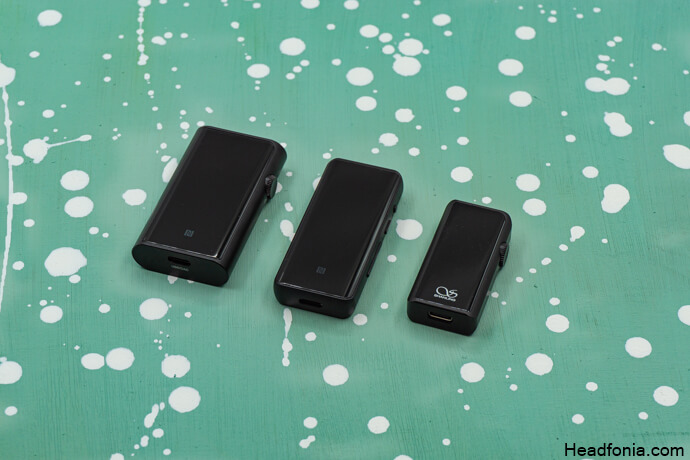
Last Words
I think Shanling did a good job with the UP5. There is an audible improvement over the previous generation, and this device came with better battery life, a newer chipset, a newer DAC, and a couple of new features. It also has better SNR, practically inexistent noise floor, and a better amplification stage. However, Shanling increased the price by around $80 USD over the last generation. The Bluetooth market is a tough one and we’ll together see how the Shanling will keep up with the increasing number of rivals. The UP5 offers solid build quality and the app support is great to have. The UP5 has many usage cases and performs well both wirelessly and wired. The new Qualcomm premium chipset in UP5 offers stable signal performance and pairs fast and easy. I definitely recommend you to try UP5, if you are in the market for a multi-purpose DAC & AMP that features 4.4mm balanced output and solid wireless sound.
Page 1: Shanling, Shanling UP5, Packaging & Accessories, Design & Build Quality
Page 2: Features & Control, Power & Stability
Page 3: Battery, Sound Performance, Wired Performance, vs. Shanling UP4, vs. FiiO BTR5, Last Words





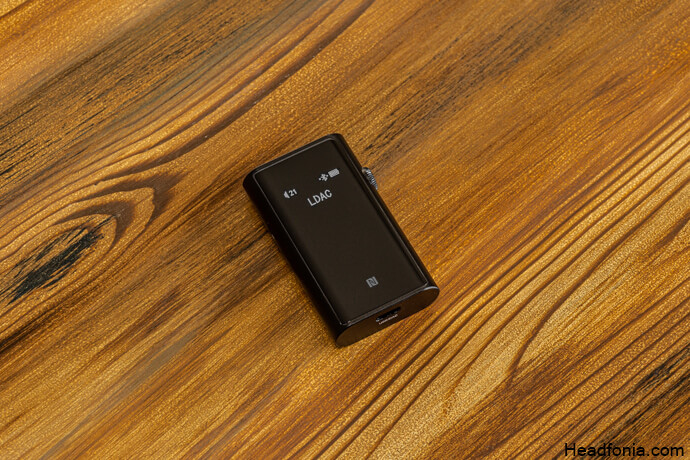
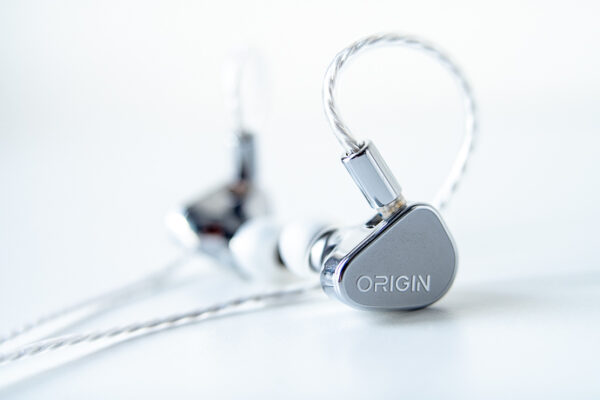
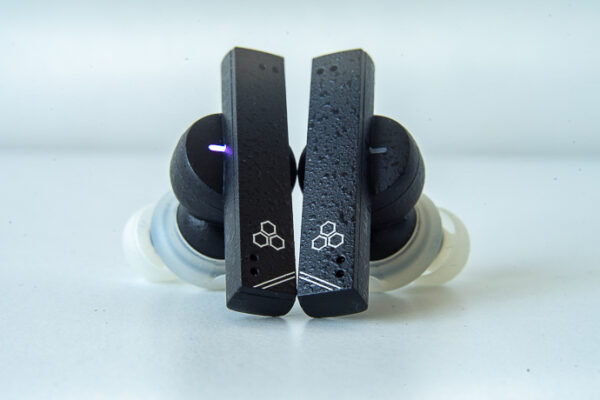
Thomas
The clip on the leather case is actually quite handy, to use to keep a roll of cable in place so it don’t tangle up or to shorten it a bit. As a clip it only works for belts, but it’s actually quite useful.
Shaun Buckingham
Pleased you found a use for the clip as it does not work as a belt clip. The strap is too thin to thread under a belt without buckling and twisting and the press-stud releases when sitting. It is not secure at all. Yagiz described the clip as “non-functional”, a better description might be mal-functional. Shame this small part of the design has been overlooked, but the UP5 itself is great and a good alternative to a DAP for the daily commute.
Karn
Hi, is there any latency when using the UP5 on Windows 10 with the USB 2.0 drivers?
Yagiz
No, not at all, Karn.
Will
vs Quedlix-5K?
range is the main question for me- stable connection while being able to move around the home
Yagiz
Unfortunately we couldn’t get our hands on that one.
Ken Schultz
Does this unit come compatible with iphone. If so then what connecting wire would you use.
Yagiz
You can always just go ahead and connect to the unit via Bluetooth.
If you want to use it wired, you will need a Lightning to USB-C adapter. Here is my personal favorite: ddHiFi MFi06.
Happy listening!